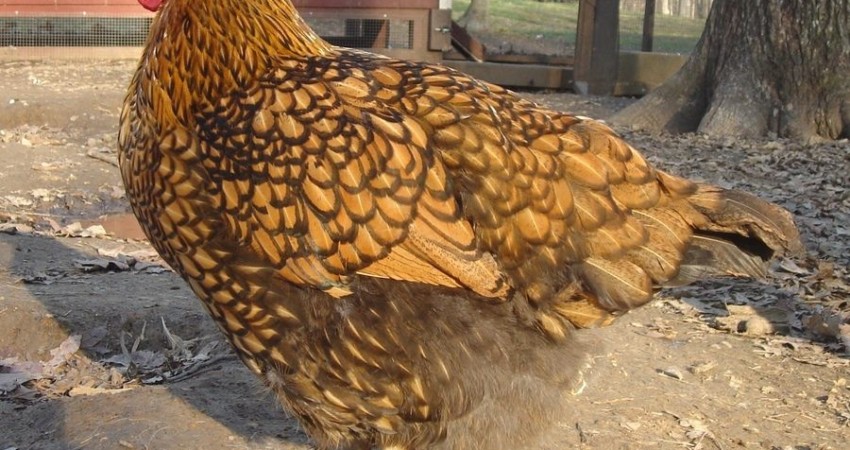

Ascites is associated with inadequate supplies of oxygen, poor ventilation and physiology (oxygen demand, may be related to type of stock and strain). Ascites is a disease of broiler chickens occurring worldwide but especially at high altitude. The disease has a complex aetiology andis predisposed by reduced ventilation, high altitude, and respiratory disease. Morbidity is usually 1-5%, mortality 1-2% but can be 30% at high altitude. Pulmonary arterial vasoconstriction appears to be the main mechanism of the condition.
Despite investigation of the ascites syndrome for many years, it is still a condition that inflicts financial loss on poultry farmers around the world. It is estimated that 5% of the 40 billion broilers produced annually around the world, as well as 20% of roaster birds, die of ascites.
The incidence of ascites has been increasing in recent years. According to an annual survey in the United Kingdom, broiler producers reported 88 million and 130 million death cases due to ascites in 2005 and 2006 respectively. The cost to the broiler industry of ascites-related condemnation of chicken carcasses at processing reached $2.25 million in 2003. The cost to the worldwide broiler industry due to ascites-related mortality has been estimated to be in excess of $500 billion per year.
Ascites represents a spectrum of physiological and metabolic changes leading to the excess accumulation of fluid in the abdominal cavity. These changes occur in response to a number of dietary, environmental and genetic factors.
The pathology is associated with abnormally high blood pressure between the heart and lungs (pulmonary hypertension) leading to heart failure, increased blood pressure in the veins and excessive build-up of fluid in the liver, which leaks into the body cavity.
Signs and symptoms include Poor development, progressive weakness and abdominal distension, recumbency, Dysponoea, possibly Cyanosis.
How can Ascites be treated?
First, it is important to understand the underlying causes of an ascites occurrence in a poultry farm. In the case of ascites caused by genetics, feed restriction might reduce the effect of the disease. Slower growing birds have reduced oxygen needs, allowing the cardiopulmonary organs (heart and lungs) to keep up with oxygen demands of the birds. However, reducing the feed intake of broilers decreases the growth performance. In the case of ascites caused by microorganisms, recent studies with acidifiers have shown promising results. Of course, optimal management practices are also very important.
Good ventilation (including in incubation and chick transport), avoid any genetic tendency,control respiratory disease.
 Contact Jaguza Support
Contact Jaguza Support